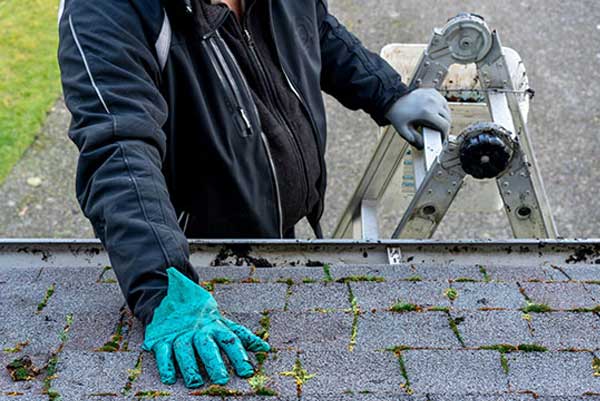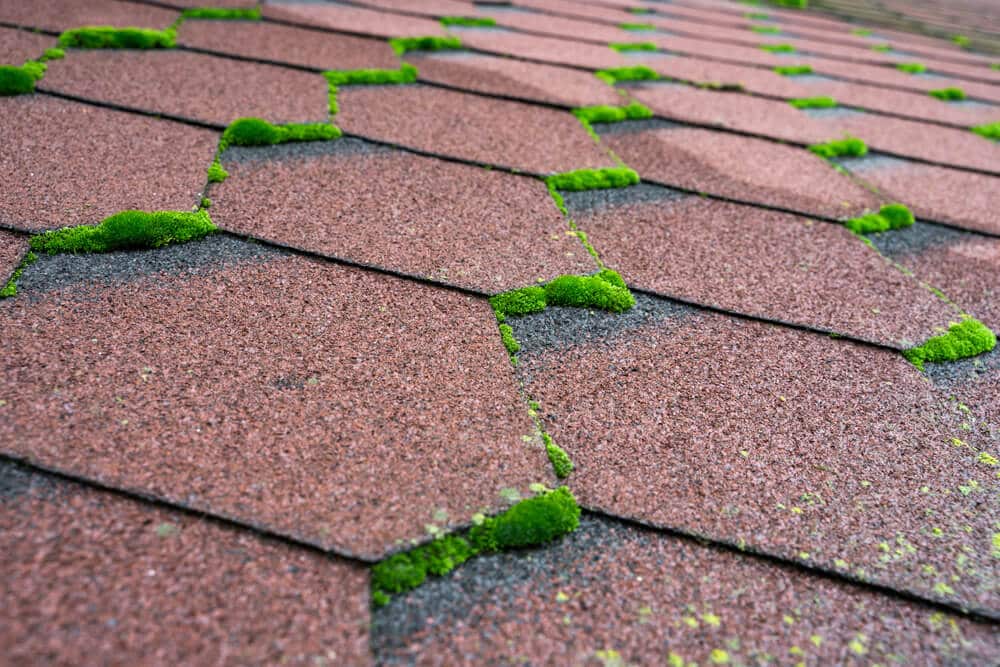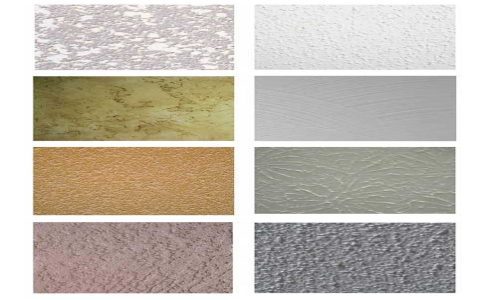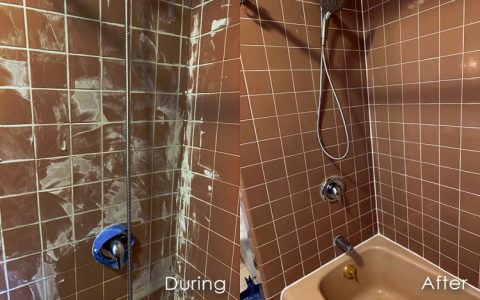Safety Precautions
Prioritize safety before starting any work on your roof. Ensure your ladder is stable and correctly positioned. Always wear appropriate personal protective equipment (PPE):
- Non-slip footwear
- Gloves
- Eye protection
- Consider using a safety harness, especially for steep or high roofs.
Avoid working on wet, icy, or excessively windy days. If possible, have a spotter on the ground.
Preparation
Before applying any cleaning solution, take these preparatory steps:

- Protect plants, shrubs, and any sensitive surfaces below the roofline by covering them with plastic sheeting or tarps.
- Clear gutters of loose debris to ensure proper drainage.
- Lightly wet the roof surface with plain water if your chosen cleaning product recommends it. This can help the cleaner work more effectively and prevent rapid drying.
Moss Removal Methods
Choose a method suitable for your shingle type and the severity of the moss growth. Avoid aggressive scrubbing or high-pressure washing, which can damage shingles.
Manual Removal (for light, loose moss):
- Gently brush moss downwards (from the roof peak towards the eaves) using a long-handled, soft-bristle brush. A plastic putty knife or scraper can be used carefully for thicker patches, but avoid gouging or lifting shingles.
Cleaning Solutions:
Apply solutions using a low-pressure garden sprayer. Never use a high-pressure power washer on asphalt shingles.
- Commercial Moss Killers: Use products specifically formulated for roofs and shingle types. Always follow the manufacturer’s dilution and application instructions carefully.
- Oxygen Bleach Solution: Mix 1 cup of powdered oxygen bleach (e.g., sodium percarbonate based) per gallon of cool water. This is generally less harsh on shingles and surrounding vegetation than chlorine bleach.
- Mild Soap Solution: A diluted solution of mild dish soap (e.g., a few tablespoons per gallon of water) can be effective for very light moss. It may require more gentle agitation.
Important: Avoid using chlorine bleach (sodium hypochlorite) as it can damage asphalt shingles, corrode metal roof components, and harm plants.

Application and Rinsing
Application:
- Spray the chosen cleaning solution evenly over the moss-affected areas. Ensure thorough saturation of the moss.
- Allow the solution to dwell on the surface for the recommended time (typically 15-30 minutes for DIY solutions, or as per the commercial product's label). Do not allow the solution to dry completely on the shingles.
Rinsing:
- Rinse the roof thoroughly with plain water from a garden hose, using a gentle spray. Always rinse from the top of the roof downwards.
- Ensure all cleaning solution residue and dislodged moss are washed off the roof. Dead moss may take several rainfalls to wash away completely after treatment if not manually brushed off post-treatment (once dead and dried).
Preventative Measures
To minimize future moss growth:
- Trim overhanging tree branches to increase sunlight and air circulation on the roof surface, as moss thrives in shady, damp conditions.
- Keep gutters clean and free-flowing to prevent moisture from backing up onto the shingles.
- Consider installing zinc or copper strips along the roof ridge. Rainwater flowing over these metals releases ions that inhibit moss and algae growth.






